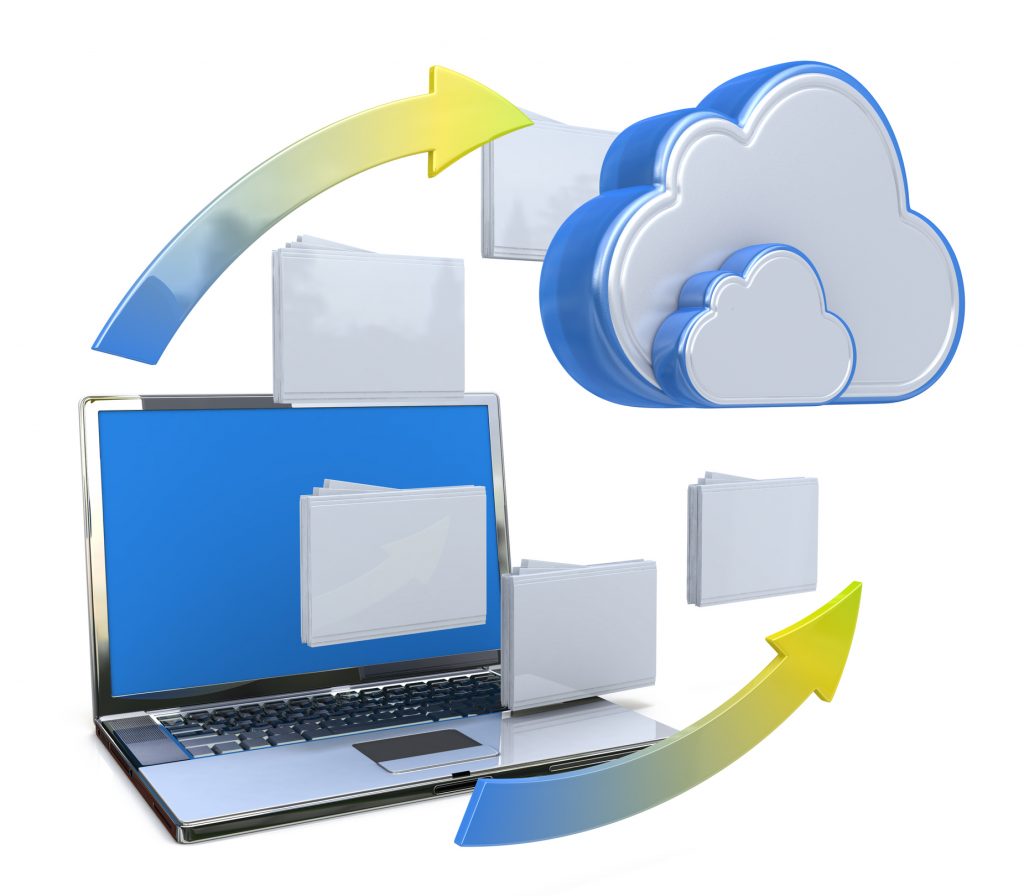This post was updated to reflect current trends and information.
Intro: Convert EDI to XML
In today’s competitive world of eCommerce, mobility, and electronic business transactions, small and mid-sized enterprises are facing more and more challenges with “integration”. It is not an option anymore for an SME to be able to communicate and exchange business data electronically with its partners; it is a “necessity”.
Major retailers, manufacturers, transport companies, health institutions, and insurance companies in North America are requesting, more than ever before, that their trading partners comply and become capable of exchanging electronically business related data.
Whether it be a purchase order (850), an advance shipping notice (856), an invoice (810) or a payment remittance advise (820), all these EDI documents are becoming essential to the daily activities of an SME.
More often than not, SMEs do not contest the demand to comply with these methods of communication enforced by the “major players”, considering the flexibility and efficiency EDI delivers for both business partners in the long run. However, during the process of beginning an EDI project, a lot of pressure is put on the executives and employees of an SME for the following reasons:
Limited IT resources
In general, SMEs have a small team of IT people that are busy running their day-to-day operations. Adding EDI integration projects on their shoulder complicates their lives. In some smaller businesses, there may not even be an IT technician on staff.
Limited or No EDI experience
Even when an SME has enough IT resources, EDI expertise is very rare and hard to find. IT developers and programmers tend to follow the new trends and work with the most recent technologies of data exchange such as XML or JSON, rather than developing expertise with an old complex protocol like EDI.
Expensive EDI consultants
When a company does not have enough expertise in EDI, normally they call the services of outside consultants and developers for such needs. It is not a secret that experienced EDI consultants are very expensive nowadays.
Time consuming to build
Assuming the internal resources and EDI expertise exist within an SME, it takes a long time to build an EDI solution that integrates seamlessly with their own internal ERP systems. In fact, it takes much longer to stabilise such a solution, in the sense that every department in the company will be going through the same cycle of “trials and errors” as the developers, before one could say that the solution is perfect. It could take months or even years to have a stable and strong EDI software solution.
The above points make an EDI integration project a burden for an SME. It can become a very expensive step that most companies cannot afford especially in this economic time. Even worse, it is an option that they cannot escape from if they want to do business with big players, like Wal-Mart, Amazon, etc.
Read: EDI2XML | SAAS EDI translation software
Therefore, what is an alternative option that could provide the possibility to comply with EDI, without incurring the upfront huge investments on labour, software licences, and hardware architecture? Which option will increase efficiency during and after the implementation stage?

Convert EDI to XML “as a Service”
In the last few years, the model of using services and software under the SaaS model (Software as a Service) where companies and individuals pay a monthly subscription fee for its use has become very popular. Many companies are adopting this model for their IT needs since it has been proven to be secure and reliable.
The same concept of “service” exists with EDI also!
EDI2XML
When an SME subscribes to this service, it means that it selected the shortest possible path to integrate EDI into their system, using the most cost effective manner:
- No need to install any EDI software or licences on premises (on their servers)
- No need for expensive EDI consultants
- No need to hire in-house developers with high level of EDI experience
Any integrator with a decent knowledge in data structures, such XML, and an understanding of the architecture of the company’s system and how to integrate external data within, will be able to accomplish such projects on time and on budget.
Basically, EDI2XML would be used as a hub for converting the data:
- From EDI to XML in the case for incoming documents
- From XML to EDI in the case for outgoing documents
With this model in place, all the complexity related to EDI mapping will be eliminated. SMEs will have easier and better control at the application level, using a structured format like XML.
In addition to the above, the EDI2XML team will support the developers in their projects, by providing assistance and help on how to read and interpret the EDI2XML formatted EDI.






